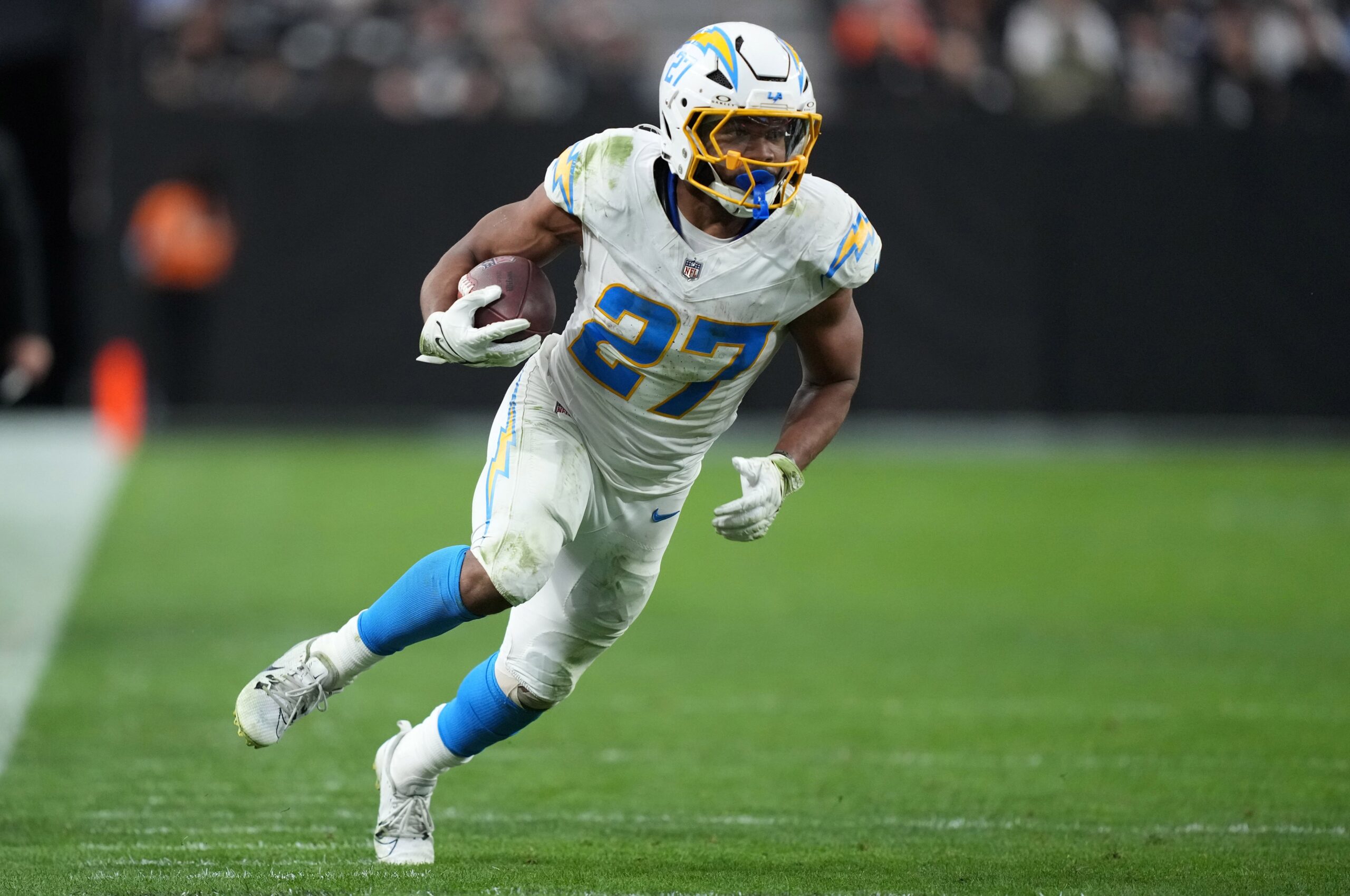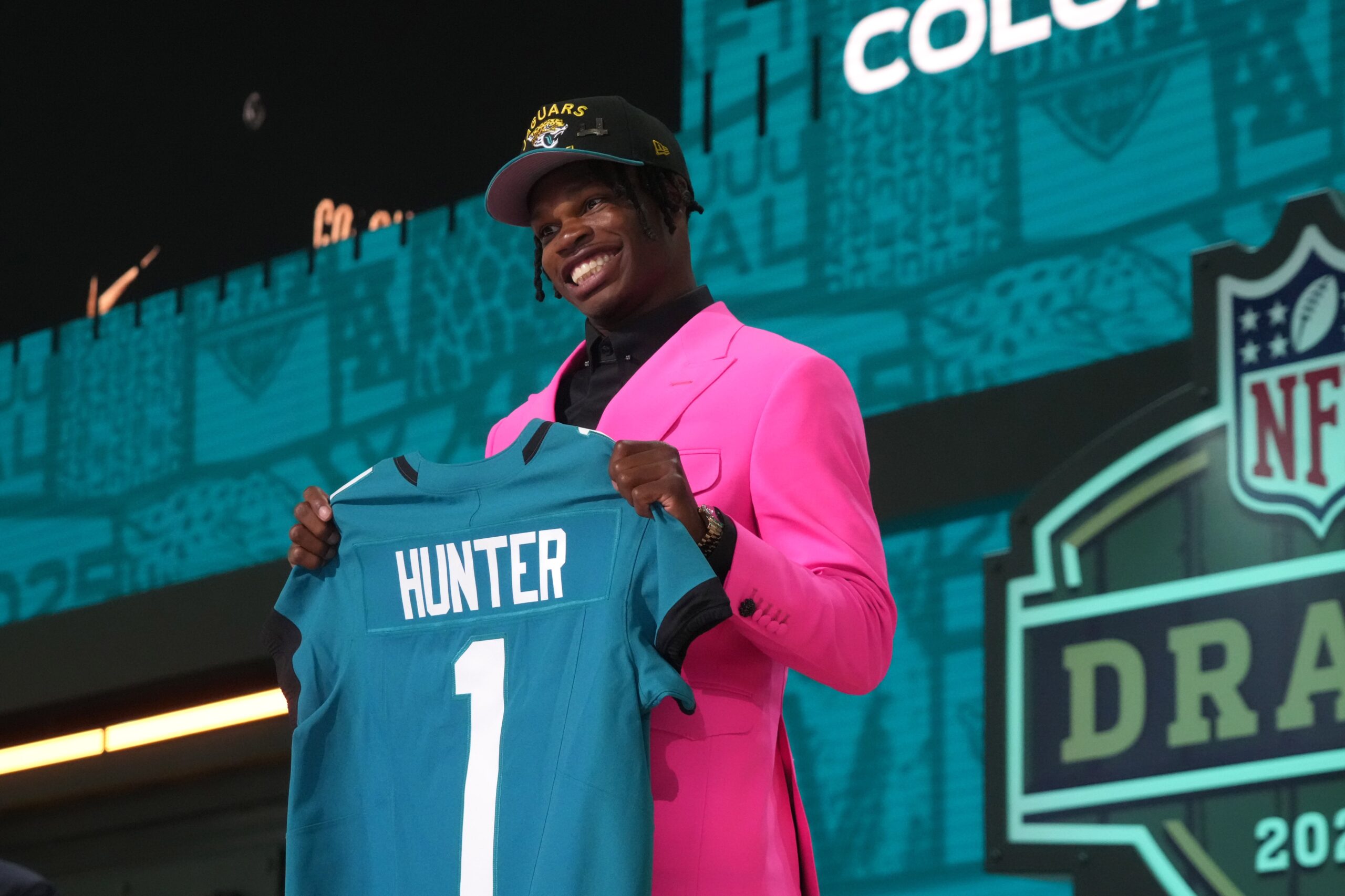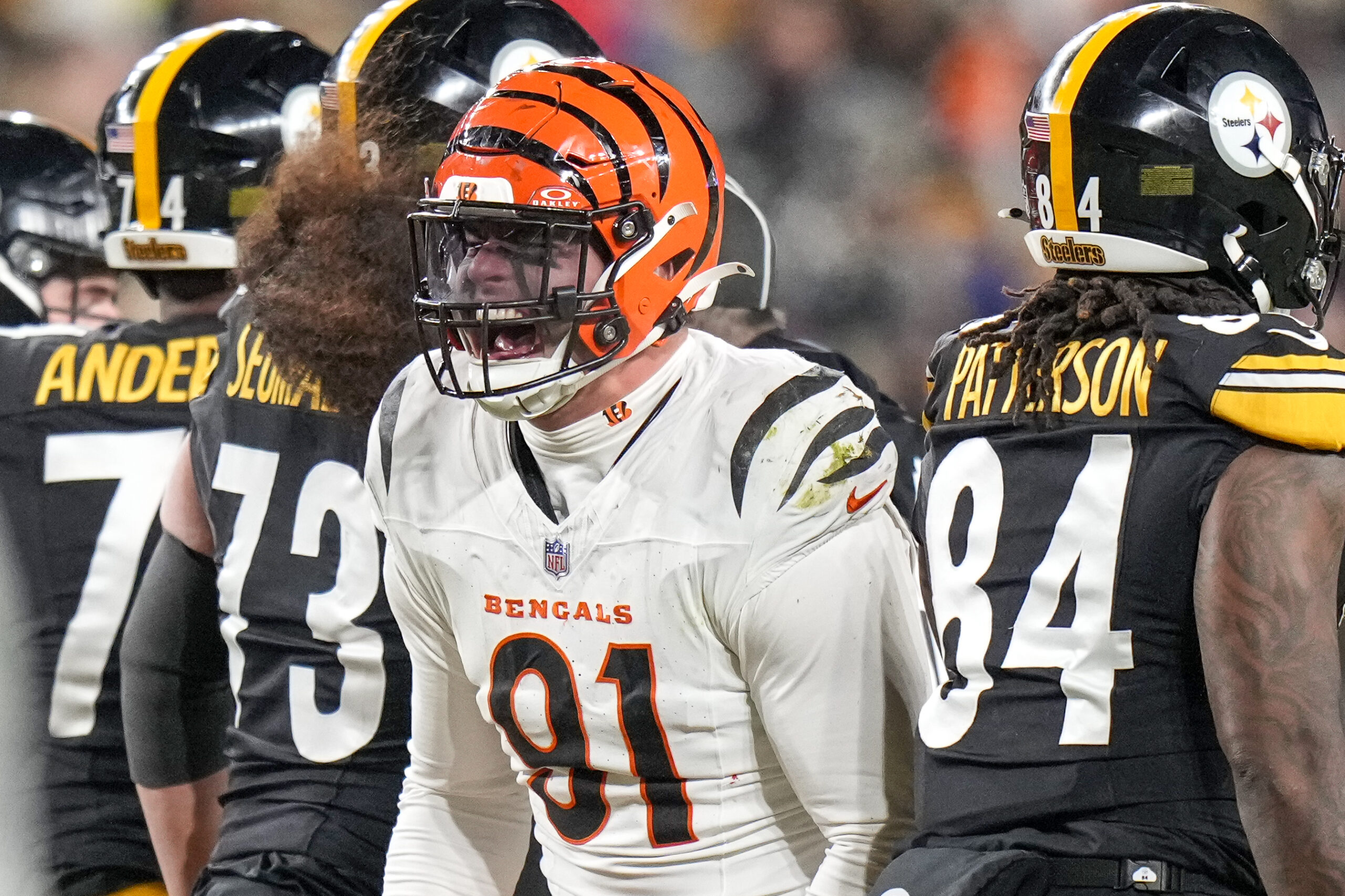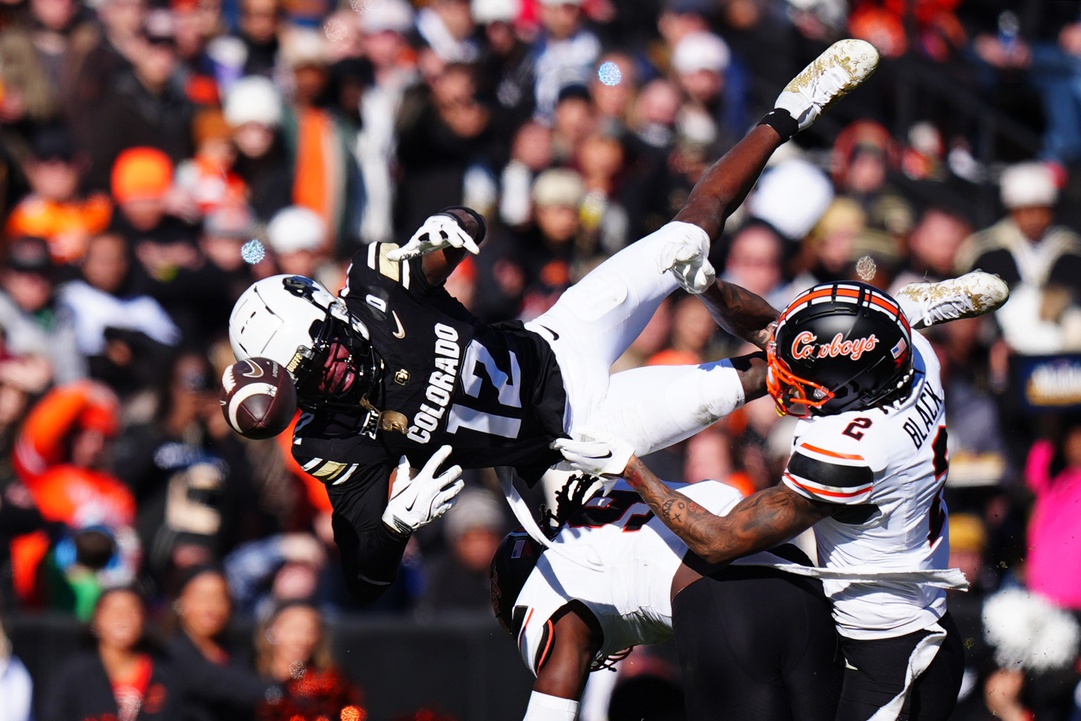NFL Analysis
2/28/24
4 min read
2024 NFL Combine: Does Hand Size Matter for Quarterbacks?
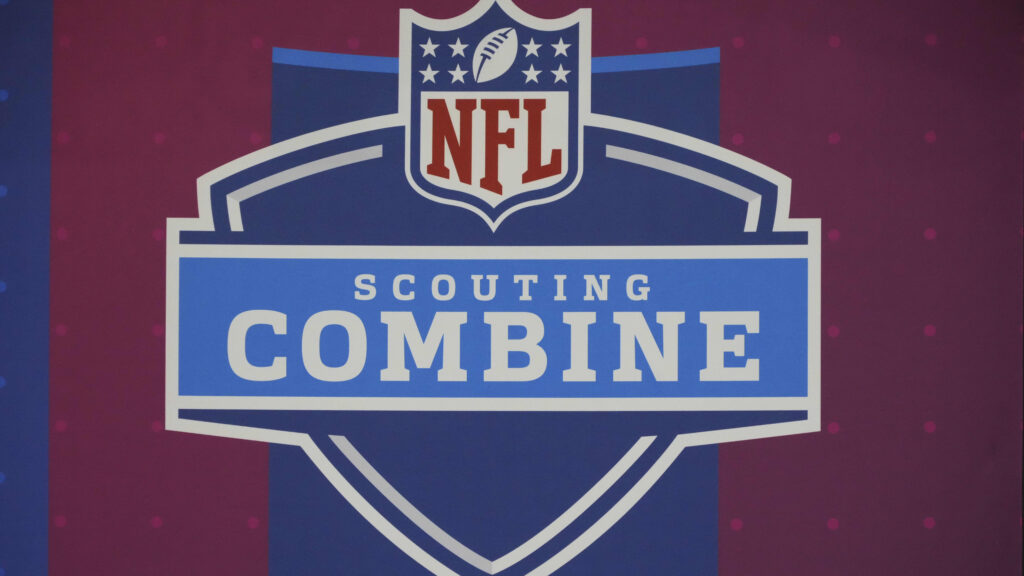
It is that time of year when the most analyzed stats of attempts, yards and touchdowns change to inches, feet and seconds with the NFL Combine finally here. A quarter of a centimeter or a half a second could decide whether a player is a first or third-round pick.
One of the most scrutinized measurements at the combine is quarterback hand size. The measurement from the tip of the thumb to the tip of the pinky is all it takes to have a full-blown debate about whether or not a quarterback can take a team to the Super Bowl.
The question is whether or not this is warranted. Can a few inches predict the success of NFL quarterbacks?
Does QB Hand Size Matter?
Methodology
We used combine hand size, draft pick selection and performance data to see if hand size significantly impacted their performance. We looked at 42 quarterbacks drafted from 2017 onward who have at least 25 career dropbacks.
The stats used to measure performance are broken down into four categories:
| Playing Time | Accuracy | Arm Strength | Total Production |
| Dropbacks per Potential Games | Expected On-Target Percentage Plus-Minus | Average Depth of Target (ADoT) | Total Points Per 60 Plays |
| Pass Attempts per Potential Games | Turnover (TO) Worthy Throw Percentage | Average Depth of Completion (ADoC) | Passing Total Points Per 60 Plays |
Two-variable multi-regressions, hand size (in inches) and the overall draft selection were used to predict the stats above individually. The goal is to find whether or not hand size — when accounting for draft selection — significantly impacts any of these stats. For a more in-depth breakdown of how multi-regression works, read here.
Results
Let’s give you a basic answer and then give you the reasoning behind it.
Arm strength is the only factor significantly impacted by hand size, as average depth of completion increases significantly. This means quarterbacks with larger hands are completing passes significantly further downfield on average.
| Hand Size Coefficient | Hand Size P-Value | Hand Size Significant (P-Value < 0.1) | |
| Dropbacks per Potential Game | -0.47 | 0.88 | No |
| Pass Attempts per Potential Game | -0.43 | 0.88 | No |
| xOnTgt % Plus-Minus | -0.03 | 0.23 | No |
| TO Worthy Throws | 0.005 | 0.58 | No |
| ADoT | 0.33 | 0.30 | No |
| ADoC | 0.47 | 0.09 | Yes |
| Passer Total Points Per 60 Plays | -0.54 | 0.59 | No |
| Total Points Per 60 Plays | -0.58 | 0.60 | No |
Yes, this is a big table with a bunch of strange-looking numbers, but the focus only lies on a few of the items.
First, the coefficient columns explain the change made to the stat in focus when hand size or draft pick increases by one and the other value stays constant. Focus on the sign (positive or negative) of these numbers. That will explain the directional relationship with an increase in hand size or draft pick.
Starting with the playtime variables, we see that hand size is not a significant predictor of either dropbacks or pass attempts per potential games (the number of regular season games a player could have played in since drafted).
In fact, there is a negative relationship between the two, meaning as hand size increases, dropbacks and attempts per potential games decrease. Draft pick has a significant impact on these two; the earlier the player was drafted, the higher the number of dropbacks and attempts they have.
From an accuracy perspective, hand size is not a significant factor for either stat. Even if they were significant, they would work in the opposite direction from conventional wisdom. Expected on-target percentage plus-minus decreases and turnover worthy throw rate increases when hand size increases.
Last, looking at overall production with Total Points, we see hand size does not have a significant impact on either passing or overall Total Points. Total Points is meant to account for overall production on an individual basis, and once again we see an inverse relationship between the two.
Conclusion
Looking across the board at different metrics within different groups, there is little significant evidence hand size matters. Playing time, accuracy and overall production aren't affected by hand size, and arm strength shows significance only in the depth of completions.
This analysis only factored in hand size and draft pick selection within each of the regressions, so accounting for more factors like other combine measurements or college production might alter the results.
This can help paint a clearer picture of the overall breakdown of how a quarterback might perform in the NFL.
But if all we care about is assessing the overall impact of hand size, adding in those other factors muddies the waters. Just on the basis of pinky to thumb, there isn’t much to scrutinize.
This article was written by James Weaver.


